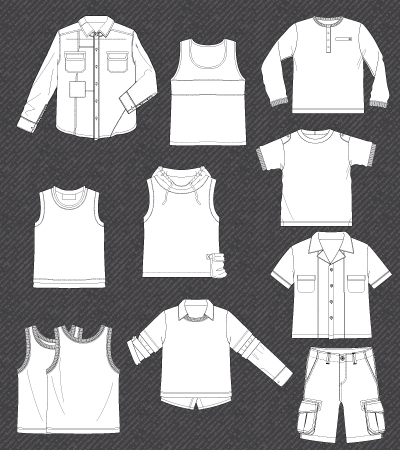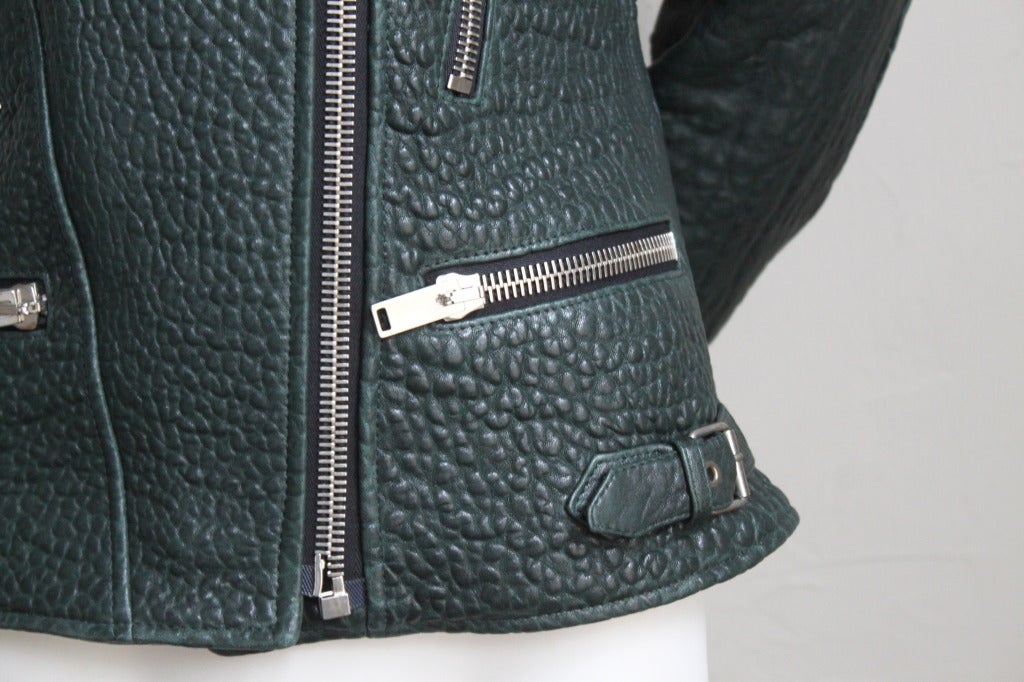Name : Tifanni Ong
ID Number : F15FD0615
Module name : Fashion Details
Module Code : DFS1213
Contents page :
•Bibliography
•Week 14
•Week 12
•Week 11 Online Lesson
•Week 10
•Technical Flat Drawing week 9
•Power point Group Presentation week 8
•Study Trip around Orchard Road week 7
•Fashion details sketches from power point week 6
•Fashion Details sketches week 5
•Fashion Details Sketches week 4
•Fashion Flats week 3
•Introduction to Fashion Details week 2
Fashion Details
Thursday, 14 April 2016
Bibliography
Bibliography
https://blog.colettehq.com/tutorials/6-ways-to-finish-the-edge-of-your-hemhttp://hubpages.com/style/types-of-fastenings-for-clothes
https://en.wikipedia.org/wiki/List_of_fabric_names
http://www.typesofclothingfabrics.com/
www.pinterest.com
http://about.hm.com/en/About/facts-about-hm/about-hm/hm-group.html
Tuesday, 12 April 2016
Week 14
 |
| Fashion Flats samples taken from the internet |
1. What have you still got to do?
After we have learnt this fashion module, so far we still have a lot of things to do. We need to focus more not only the design of the garment, but have to watch out for the details too.
2. Where are your weaknesses?
Most of us still got lots of weaknesses although we have learnt this module for quite some times. So, one of my weaknesses is that the fashion flats I did still got lots of hairy lines and I needed quite some times to draw a fashion flats.
3. What do you need to work at?
To work on the measurement of my technical flat drawing more precisely.
4. What do you need to do?
To practice more on the technical flat drawing and look more precisely to the detail of each garment.
5. Where do you need to go?
Going to fashion stores to do some research on the details of the garments will help a lot. Its better to look and memorise how the garment details look like then started to draw the technical flats.
6. What do you need to read?
Some articles relating about fashion will be helpful.
7. What do you need to watch?
There are a lot of video tutorials which are nice to watch and could improve our knowledge about fashion details.
8. How much did you know when you started?
Fashion details was a module that I was not familiar with. So, when the first time the module was introduced, it was quite interesting that it reminds us to look into the garment's details first before we own the garment.
9. What did you think you would learn?
From the word Fashion Details, I supposed we would learn about the details on a garment.
10. How much have you done?
Firstly started from the fashion flats and the next is the technical flat drawing.
11. Have you succeeded?
It wasn't drawn so well and it have to be improved further.
12. Has what you have learnt changed the way you look at Fashion in store?
Yes. It definitely change the way I look at Fashion store. After I learned this module, I am now focusing more on the details on garment before I buy.
13. Market levels, Prices and Value
There are some stages in fashion markets which are the low end market, low-mid market, mid market, mid-high market, high end market and haute couture. Each market levels has different aspects in giving price and values on each garments. Prices on each garment from different market levels depends on the quality and the value of the fabrics used.
14. What makes a garment expensive or cheaper?
The garments prices is firstly depends on the quality of the fabrics used. Then, move on to the quality of the stitches, fastenings and finishing.
15. Have you got a better idea now than when you first started?
Now, I have known what is actually the function of having this module. And it also helps me to focus more on the details of each garment before buying them.
Friday, 1 April 2016
Week 12
This tasks was done as in a group of 3 people. We are required to answer the questions given and to analyse the question.
There are 10 things contribute to a high end market level garment. They are :
1. design of the garment
2. excellent stitches
3. good quality of fabrics
4. neat finishes
5. visual presentation (how the garments being displayed in a store)
6. complex embroideries
7. rare patterns
8. good quality materials
9. nice quality of cuttings
10. great workmanship
There were 3 pair of jacket shown. There are 2 jackets from CELINE and Alexander Wang which is consider as high end fashion and 1 jacket from H&M which is a mass market production. The difference of these three are the quality of the leather. The leather of the high fashion ones are made of real leather while the mass market's is from the PVC leather. There is waist suppression shown clearly for the high end fashion's while the mass market's don't have it. Top stitches are clearly shown on the high fashion.
There are various kinds of leathers such as cattle, ostrich, alligator, sheep, goat, eel, etc.
In garment manufacture factories, there are major and minor costs in any garment productions. Major costs are included labour, machinery, electricity, taxes, building rent, shipping costs, logistics, and fabrics. Minor costs are threads, fastenings, machinery tools, designs, materials, etc.
There are 10 things contribute to a high end market level garment. They are :
1. design of the garment
2. excellent stitches
3. good quality of fabrics
4. neat finishes
5. visual presentation (how the garments being displayed in a store)
6. complex embroideries
7. rare patterns
8. good quality materials
9. nice quality of cuttings
10. great workmanship
| Alexander Wang jacket |
There are various kinds of leathers such as cattle, ostrich, alligator, sheep, goat, eel, etc.
 |
| CELINE jacket |
| H&M jacket |
Thursday, 31 March 2016
Week 11 Online Lesson
The first classic shirt is inspired by KENZO which is one of the high market fashion or designer brand. It has complete details such as stand spread collar, buttons, top stitches, cuff, placket, double pleated patch pocket, slightly forward shoulder seam, back yoke and tucks.
The mid market to lower market design will be much simpler. The fabrics used are less expensive and affordable. Some details i eliminate such as the stand collar, cuffs, plackets, back yoke and tucks. The collar is changed to much lower market style which is the rounded collar with round neckline, the pocket is changed to the rounded pocket, and the sleeve for this design is the raglan sleeves. This simple design is made for either cotton on or H&M.
The difference between these two fashion brands are definitely on the quality of the fabrics used, the details on the garments, the stitches and the style itself. If we compare the prices, the price for high fashion is much more expensive. It is because of the details that they pour into a garment and the quality of fabrics chosen by them. The price could be around 1000 singapore dollar. For the low fashion market, the price will be much cheaper. It could only cost around 30 to 100 singapore dollar.
 |
| Lower End Market fashion flat 24 |
 |
| High End Market fashion flat 25 |
Week 10
Some fashion industries are from the low end market, some are middle market, mid-high market and there are also high-end fashion market. So there is a chart made to show which companies belong to which category as what we researched.
Some of the low mass market are Uniqlo, Cotton On, Pull & Bear, and FOREVER 21. H&M, ZARA and TOPSHOP are between the low end market or the mid market. The mid-market we found are the Marks & Spencer, and Abercrombie & Fritch. The mid to high fashion market are COS, HUGO BOSS, Calvin Klein and Lacoste. And the high-end market are CELINE, RED Valentino, Kate Spade, Miu Miu, Dior, Louis Vuitton , etc.

H&M is a low to middle class fashion market. It is also known as a mass production fashion industry. H&M is a big company which has it's own independent brands such as H&M, COS, Monki, Weekday, Cheap Monday and & Other Stories.
 |
| The chart from low end market to high end market |
H&M is a low to middle class fashion market. It is also known as a mass production fashion industry. H&M is a big company which has it's own independent brands such as H&M, COS, Monki, Weekday, Cheap Monday and & Other Stories.
H&M
H&M design team always creates garments according to trends with a very affordable prices. The collection included accessories, women clothes, men's, kid's and teenagers. H&M has 61 stores in worldwide market and online shopping in 23 countries.
COS is a high-end design brand. They design within seasons and are available for women, men , and kids. COS is available in 30 countries and 19 markets online stores.
Monki is created with it's playfulness, creativity and colourful designs which are suitable for all ages. It is available in 13 countries and 18 online market stores.
Weekday is inspired by the Scandinavian style using denim styles. They keep future fashion and society in mind. There are stores in 5 countries and ships to 18 markets.
Cheap Monday influence street style and subculture with catwalk vibes. They are completed with high-fashioned accessories. Cheap Monday is available around the world, as well as from its own stores and online in 5 markets.
& Other Stories is all about fashion, which focus on quality and design details as well as personal expression and styling. & Other Stories opened in Europe with stores in 10 countries and online sales in 13 markets.
Monday, 21 March 2016
Technical Flat Drawing week 9
 |
| Technical Flat 1 |
From the garment which is put flatten on the table, we have to sketch the technical flat drawing of it. It's not only about sketching but also about measuring. We have to write every measurements on the sketch.
 |
| Garment 1 Front view |
 |
| Garment 1 Back view |
 |
| Technical Flat 2 |
 |
| Garment 2 Front View |
 |
| Garment 2 Back View |
Subscribe to:
Comments (Atom)